

A Collaborative International PhD Programme was initiated as part of an EPSRC Global Engagements award in 2012/2013. CMAC established links with Nanyang Technological University (NTU) in Singapore via workshops and exchanges. We have built on these links, and with support from the University of Strathclyde, established a joint doctoral training programme which commenced in October 2014. The partnership’s first cohort consisted of 5 students; 3 based at the University of Strathclyde and 2 at NTU, and several of these students have now completed their PhDs. The partnership was extended to support a further cohort in 2017 of 2 students based at the University of Strathclyde and 3 at NTU.
The main research themes of Pharmaceutical Particle Formation, Optimising Pharmaceutical Performance and Multi- Scale Pharmaceutical Systems are being explored via projects at the University of Strathclyde and at NTU. The researchers participate in an exchange programme during their PhD studies with plans for collaborative projects and joint publications.
Academics:
Professor Alastair Florence
Dr Blair Johnston
Dr Iain Oswald
Dr Philipp Seib
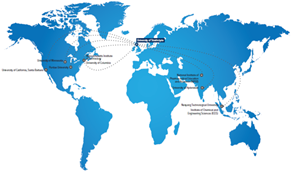
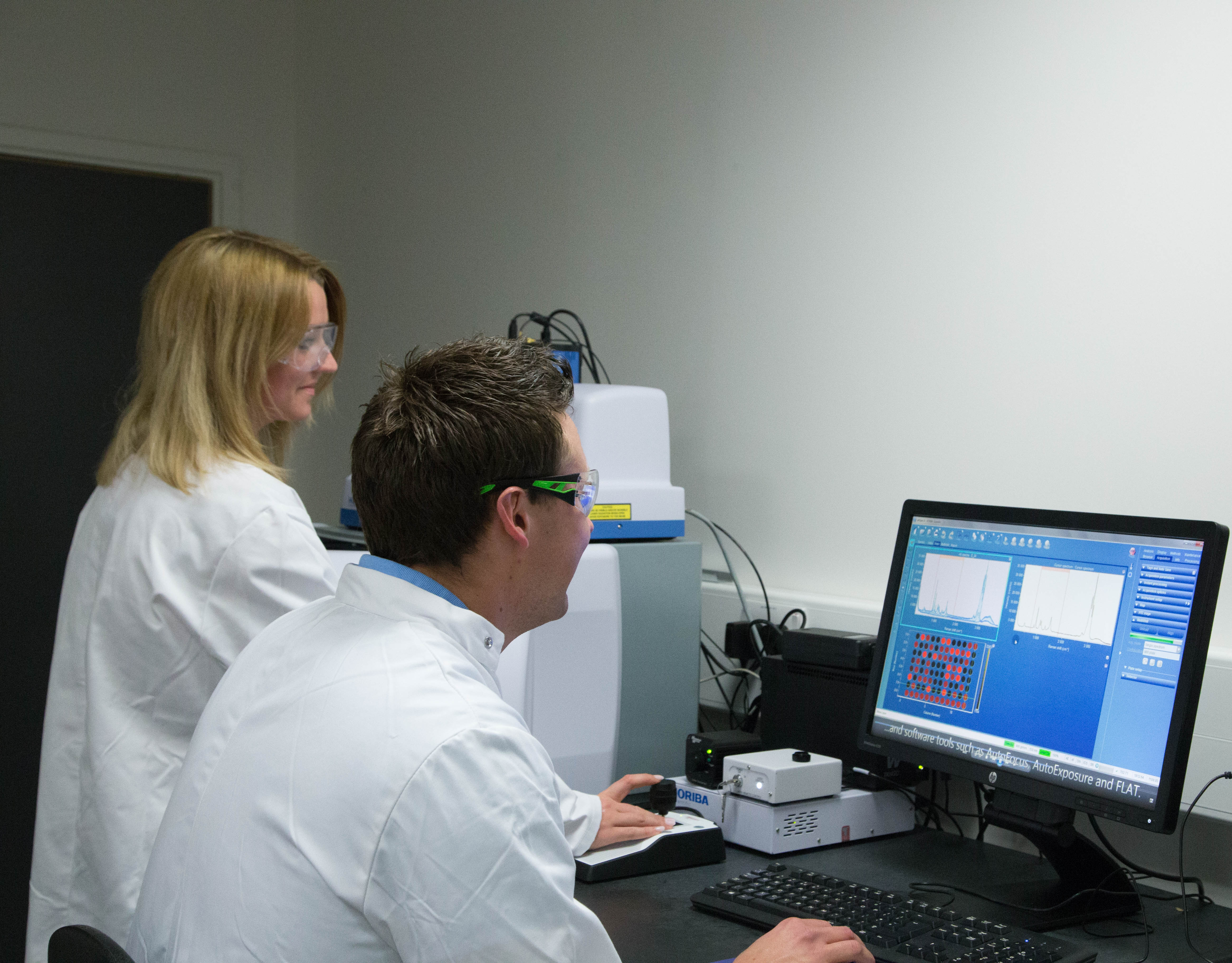
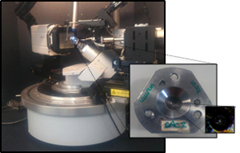
This project investigates the formation of novel high density API-excipient constructs at high pressure and compare them with those assembled at ambient pressure. The constructs will be formed using Diamond Anvil Cells which enables the application of up to 10 GPa of pressure. Benzoic acid:nicotinamide, indomethacin:saccharin and lactide:API are currently under investigation. Single crystal X-Ray diffraction analysis will be used to examine the effect of high pressure assembly.
The suitability of the COBC platform for alternative crystallisation methods is being investigated. This presents an opportunity to exploit the unique mixing conditions this system offers and explore their effect on crystal products. A continuous antisolvent (drowning-out) crystallisation platform based on a COBC has been developed by the introduction of liquid in-line with the net flow of the feed solution. This liquid can be antisolvent, feed solution or a mixture depending on the mode of crystallisation and desired crystal attributes. This platform is currently under investigation by a single-addition setup to assess if it is viable for primary nucleation. Then multi-addition processes can be explored. Reactive crystallisation is also under consideration, as the platform does not require any significant modifications to achieve this. The entire setup is jacketed, which allows for the combination of cooling crystallisation with other techniques, which may prove more effective than using either in isolation.
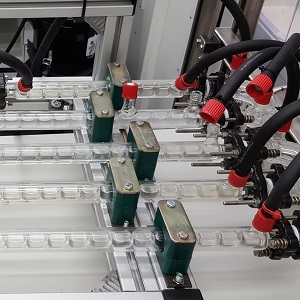
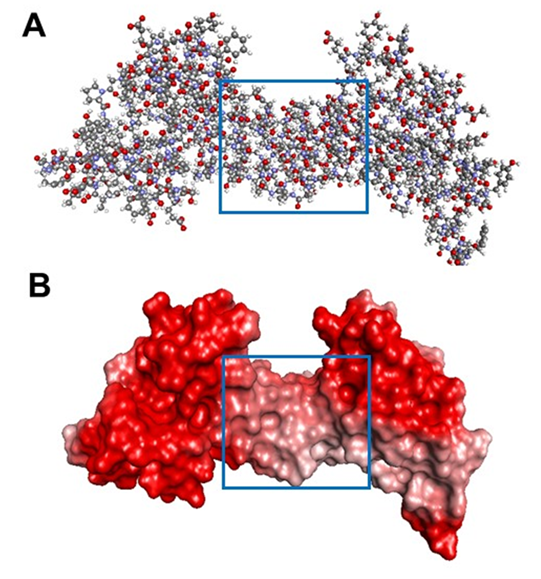
Figure : Determination of electrostatic potential of silk structure. (A) multidomain silk structure. (B) Electrostatic potential surface on the silk structure. The blue squares are crystalline regions of the silk structure.
This project is investigating the interaction of silk with drug molecules and developing molecular simulation methods which can accurately model the experimentally determined structure/thermodynamic data for silk fibroin protein. The molecular dynamic simulation results will be compared to the experimental results. Moreover, silk nanoparticles are being experimentally prepared and used to study biodegradation in lysosomal enzymes and protease enzymes.